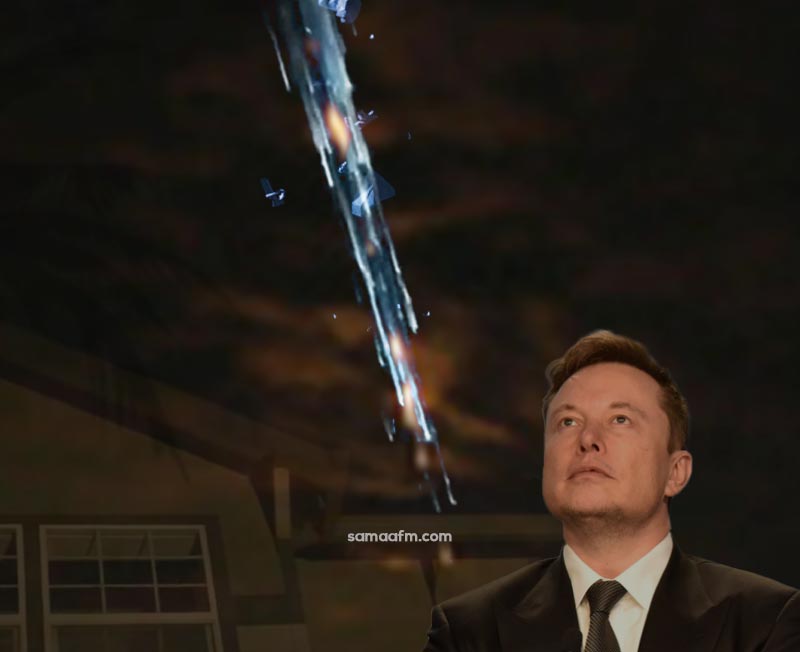
SpaceX Falcon 9 rocket debris creates a beautiful light show around Oregon
Stargazers and moon gazers around Oregon and Washington DC witnessed an unexpected show. What looked like a meteor shower racing lazily across the night sky were actually the remains of a SpaceX Falcon 9 rocket, burning up as it traveled through the atmosphere a few weeks ago.

Twitter fills up with people posting videos on a thread when an Astronomer at the Center of Astrophysics Jonathan McDowell tweeted, “The Falcon 9 second stage from the Mar 4 Starlink launch failed to make a deorbit burn and is now reentering after 22 days in orbit. Its reentry was observed from the Seattle area at about 0400 UTC Mar 26.”
However, SpaceX has not claimed any responsibility for this magical shower, plenty of meteorologists and astronomers states that these lights in the sky are harmless rocket debris.
Many people who were unaware of what they were seeing, calling it a group of UFOs trying to take over the planet Earth, to which Jonathan tweeted,
Originally, the intention was to deorbit south of Australia in the Southern Ocean. But failed and reentered in the atmosphere. The only failure it had was that it couldn’t complete its deorbit burn so it didn’t come down as expected. Scientists waited for the last three weeks and they witnessed it in the sky.
SpaceX Falcon 9
The SpaceX Falcon 9 is a partially reusable two-stage rocket. The first stage which carries nine of SpaceX’s Merlin engines, does the initial heavy lifting, getting the rocket off the ground, while the second stage, with just a single Merlin engine, guides it into a parking orbit.
The first stage lands back to the Earth. That’s the stage where you can also see the rockets landing safely back in Earth. The second stage is usually left to decay in orbit or directed to burn up in the atmosphere.
The National Weather Service Seattle also called these bright lights as debris from a second-stage Falcon 9. It is also noted that this debris entry was much slower that the meteor shower, greater than 45,000mph.
Even though it was a result of a failure, but what a gorgeous and beautiful thing to have witnessed in the night sky!





 (@elonofficiall)
(@elonofficiall)